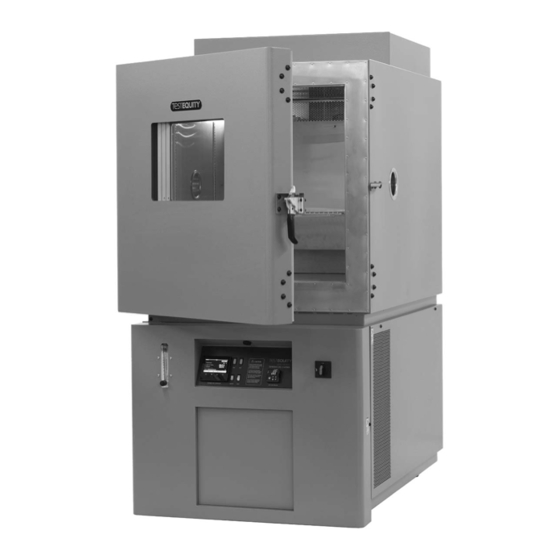
Table of Contents
Advertisement
Quick Links
Operation and Service Manual
TestEquity LLC
6100 Condor Drive
Moorpark, CA 93021
Support:
877-512-3457 Toll Free
805-480-0638
Corporate:
800-732-3457
805-498-9933
http://www.testequity.com
Copyright © 2013-2019 TestEquity LLC
Model 1016C & 1027C
Temperature Chamber
1016C all serial numbers
1027C serial number 50625 and above
Rev. 2.04 – August 6, 2019
Advertisement
Table of Contents








Need help?
Do you have a question about the 1016C and is the answer not in the manual?
Questions and answers